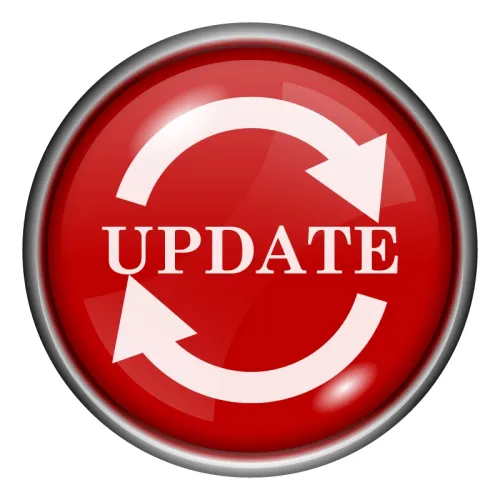General Surgery Coding Alert
Correct Coding:
Always Bundling Adhesiolysis? Read This First
Published on Wed Apr 19, 2017

You’ve reached your limit of free articles. Already a subscriber? Log in.
Not a subscriber? Subscribe today to continue reading this article. Plus, you’ll get:
- Simple explanations of current healthcare regulations and payer programs
- Real-world reporting scenarios solved by our expert coders
- Industry news, such as MAC and RAC activities, the OIG Work Plan, and CERT reports
- Instant access to every article ever published in Revenue Cycle Insider
- 6 annual AAPC-approved CEUs
- The latest updates for CPT®, ICD-10-CM, HCPCS Level II, NCCI edits, modifiers, compliance, technology, practice management, and more
Related Articles
Other Articles in this issue of
General Surgery Coding Alert
- Correct Coding:
Always Bundling Adhesiolysis? Read This First
Check the site before you use modifier 22. If you follow the coding lore that [...] - MACRA:
Focus Quality Reporting for Your Surgeons With These FAQ's
Embrace MIPS as PQRS wanes. If you think that the expiring Physician Quality Reporting System [...] - QPP:
Identify Quality Measures for Your General Surgery Practice
See familiar choices from PQRS. Make sure your general surgery practice continues to get the [...] - You Be the Coder:
Zero In On Bypass Surgery Details
Question: The surgeon performed an open gastric bypass procedure in which he described partitioning the stomach [...] - Reader Question:
Capture Multiple Abdominal Procedures
Question: The surgeon performed the following procedure for a patient with an abdominal mass and obstruction: [...] - Reader Question:
'Decision for Surgery' Allows E/M
Question: Our surgeon performed a hospital E/M service for patient presenting with nausea and sharp pain [...] - Reader Question:
Don't Miss Code For Infectious Agent
Question: A new patient presented with apparently infected sores on lower back and abdomen for possible [...] - Reader Question:
Encrypt Mobile Devices or Face ORC
Question: I heard that the Office for Civil Rights can collect damages for lost mobile devices [...]
View All




